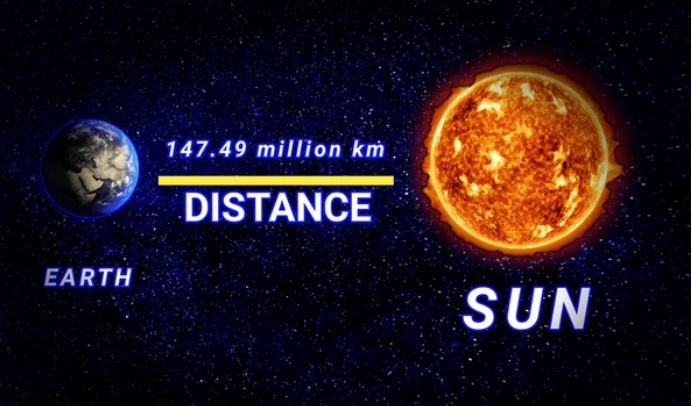Astronomical System of Units

🔭 Introduction
The vastness of the universe cannot be measured using everyday units like meters or kilometers. When dealing with immense distances, colossal masses, and cosmic time scales, astronomers rely on a special framework: the Astronomical System of Units (ASU).In this article, we'll break down this system, explain why it's important, and walk through each unit — complete with visuals and a helpful diagram.
What is the Astronomical System of Units?
The Astronomical System of Units (ASU) is a standardized set of measurement units developed specifically for astronomy. It enables scientists to express astronomical distances, massive objects, and long durations without drowning in excessive zeros.
🔹 Main Purpose:
To simplify calculations in:
- Celestial mechanics
- Astrophysical modeling
- Orbital dynamics
And to ensure a universal scientific language in space exploration.
Key Units in the Astronomical System
Let’s explore each unit in detail — from measuring planetary orbits to galactic spans.
1. Astronomical Unit (AU) – Distance
- Definition: The average distance from the Earth to the Sun.
- Value:
1 AU = 149,597,870.7 km - Use: Perfect for expressing distances within our solar system.
🌍 Examples:
- Earth to Sun = 1 AU
- Jupiter to Sun ≈ 5.2 AU
2. Solar Mass (M☉) – Mass
- Definition: The mass of the Sun.
- Value:
1 M☉ = 1.989 × 10³⁰ kg - Use: Used to measure the mass of stars, black holes, and galaxies.
🌀 Examples:
- Sun = 1 M☉
- Massive black hole = 10 M☉ or more
3. Julian Year (yr) – Time
- Definition: A Julian year has 365.25 days, accounting for leap years.
- Value:
1 Julian Year = 31,557,600 seconds - Use: Essential for orbital mechanics, planetary motion, and stellar timelines.
4. Light Year (ly) – Distance
- Definition: The distance light travels in one Julian year.
- Value:
1 ly ≈ 9.461 × 10¹² km - Use: Commonly used for measuring distances between stars and galaxies.
5. Parsec (pc) – Distance
- Definition: The distance at which 1 AU subtends an angle of 1 arcsecond.
- Value:
1 parsec ≈ 3.26 light-years ≈ 3.086 × 10¹³ km - Use: Preferred for interstellar and intergalactic distances.
Why Use the Astronomical System?
Benefits:
- Simplifies massive numbers (no more typing 30 zeros!)
- Universal language among scientists globally
- Essential for space exploration models
- Adopted by NASA, ESA, and global astronomy journals
Summary Table
| Quantity | Unit | Symbol | Value | Use |
|---|---|---|---|---|
| Distance | Astronomical Unit | AU | 149.6 million km | Solar system distances |
| Distance | Light Year | ly | 9.461 trillion km | Star distances |
| Distance | Parsec | pc | 3.26 light-years | Galaxy distances |
| Mass | Solar Mass | M☉ | 1.989 × 10³⁰ kg | Stars, galaxies |
| Time | Julian Year | yr | 365.25 days | Orbital/stellar timelines |
Conclusion
The Astronomical System of Units allows scientists to comprehend the incomprehensible. It bridges the gap between human understanding and the immense scales of the universe. Whether you’re calculating the distance to a nearby planet or the mass of a distant quasar, ASU is your telescope in numbers.
📚 Understanding these units is the first step toward understanding the universe.